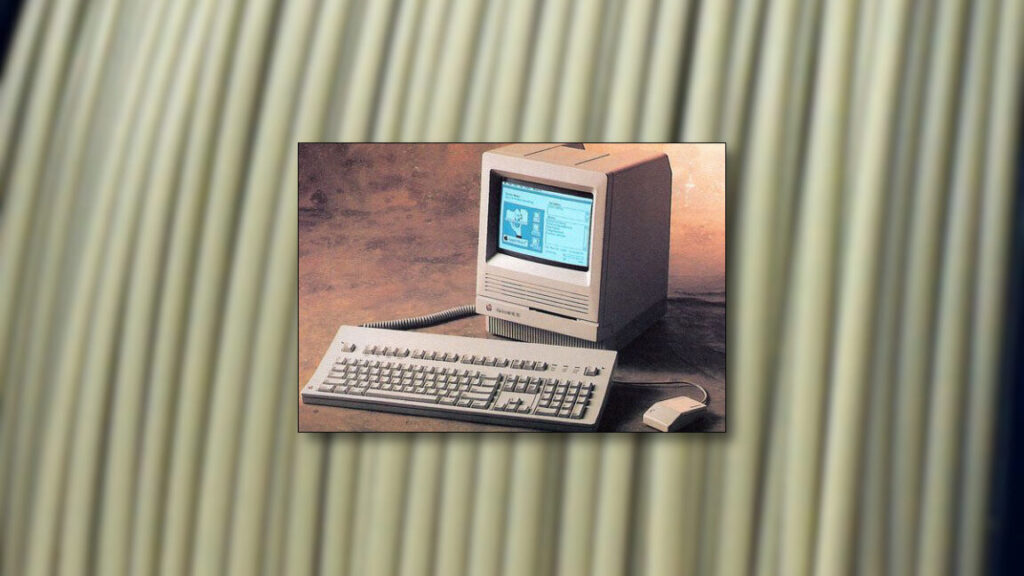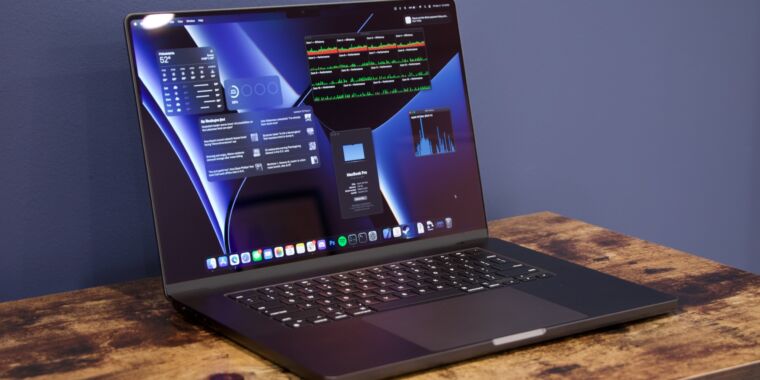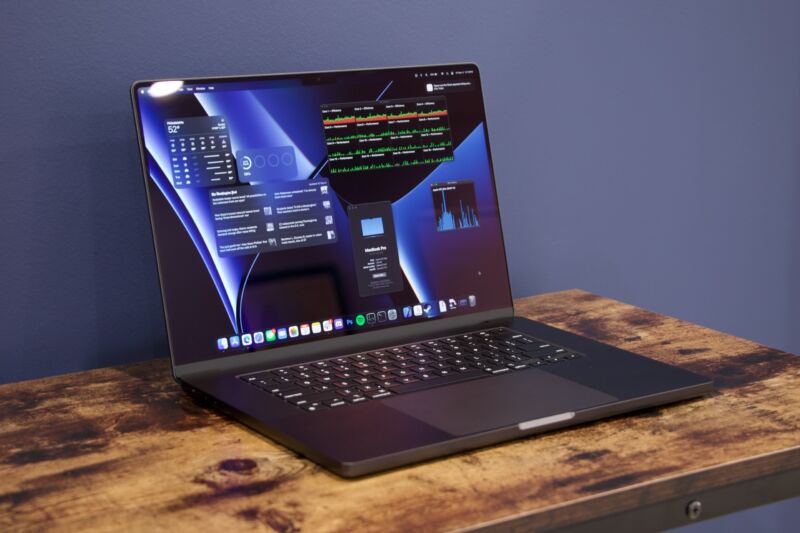Apple details the end of Intel Mac support and a phaseout for Rosetta 2
The support list for macOS Tahoe still includes Intel Macs, but it has been whittled down to just four models, all released in 2019 or 2020. We speculated that this meant that the end was near for Intel Macs, and now we can confirm just how near it is: macOS Tahoe will be the last new macOS release to support any Intel Macs. All new releases starting with macOS 27 will require an Apple Silicon Mac.
Apple will provide additional security updates for Tahoe until fall 2028, two years after it is replaced with macOS 27. That’s a typical schedule for older macOS versions, which all get one year of major point updates that include security fixes and new features, followed by two years of security-only updates to keep them patched but without adding significant new features.
Apple is also planning changes to Rosetta 2, the Intel-to-Arm app translation technology created to ease the transition between the Intel and Apple Silicon eras. Rosetta will continue to work as a general-purpose app translation tool in both macOS 26 and macOS 27.
But after that, Rosetta will be pared back and will only be available to a limited subset of apps—specifically, older games that rely on Intel-specific libraries but are no longer being actively maintained by their developers. Devs who want their apps to continue running on macOS after that will need to transition to either Apple Silicon-native apps or universal apps that run on either architecture.
Apple details the end of Intel Mac support and a phaseout for Rosetta 2 Read More »




